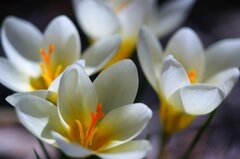Sony A7RV - Definitive Answer on Native ISO for Photo & Vid
-
Similar Content
-
Native ISO?
By Mr. Lips,
- 2 replies
- 1,761 views
-
- 0 replies
- 395 views
-
- 3 replies
- 571 views
-
- 1 reply
- 436 views
-
- 1 reply
- 1,213 views
-



Recommended Posts
Create an account or sign in to comment
You need to be a member in order to leave a comment
Create an account
Sign up for a new account in our community. It's easy!
Register a new accountSign in
Already have an account? Sign in here.
Sign In Now